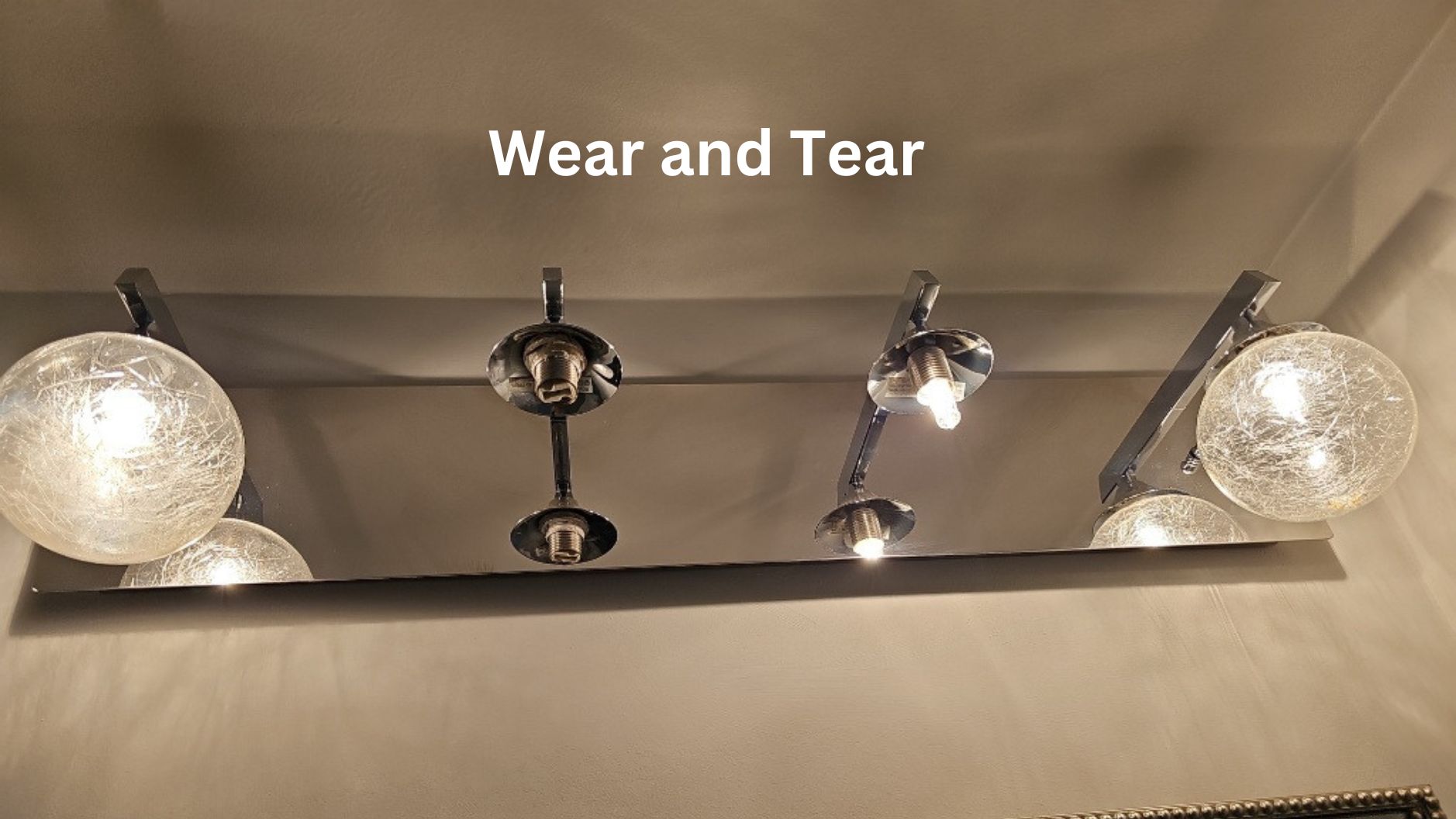Rental property wear and tear is an inevitable aspect of property management, reflecting the gradual deterioration that occurs from normal, everyday use. It is important for landlords and tenants to distinguish between wear and tear and damage to maintain a fair and effective leasing relationship. Wear and tear include minor scuffs on walls, faded paint, small holes from artwork, worn carpets, and appliances showing signs of age. These are considered normal and expected as part of the living experience and is recognized by the courts, as well. Recognizing these distinctions helps all parties manage expectations and maintain the property adequately.
Just prior to tenant move-in, we document the condition of the rental property with photos and detailed comments producing a Condition Report. Before a tenant is permitted to take possession, the tenant must sign a copy of this report acknowledging the state of the rental. Within 3 days after the tenant has vacated the rental, we, again, document the condition of the property and use it to reconcile the security deposit charging the tenant for any damage to the home. This Condition Report clarifies what constitutes normal wear and tear versus tenant-inflicted damage, such as large holes in walls, broken fixtures, or stains from negligence. Proper documentation heads off potential disputes and ensure that any repairs or replacements are appropriately charged to the responsible party, thereby protecting both the property owner’s investment and the tenant’s security deposit.
To mitigate excessive wear and tear, we implement several strategies. First, we recommend regular maintenance and promptly address repairs not only keep the property in good condition but also to demonstrate to tenants that we prioritize a well-kept property, encouraging them to treat it similarly. Next, clear guidelines on property care are detailed in our lease and finally, we conduct periodic inspections to help us identify potential issues early on. By fostering a proactive approach to property upkeep, we help extend the life of the property’s fixtures and finishes, ultimately preserving its value and ensuring a positive rental experience for all parties involved and protect the owner’s investment.
Examples of wear and tear might include:
- Fading or minor scratches on paint or wallpaper
- Worn carpets or flooring
- Small nail holes or scuffs on walls
- Minor scratches or dents on doors and baseboards
- Light stains on countertops
- Loose doorknobs or handles
If you would like further information on wear and tear, please feel free to contact us and we would be delighted to speak with you.



